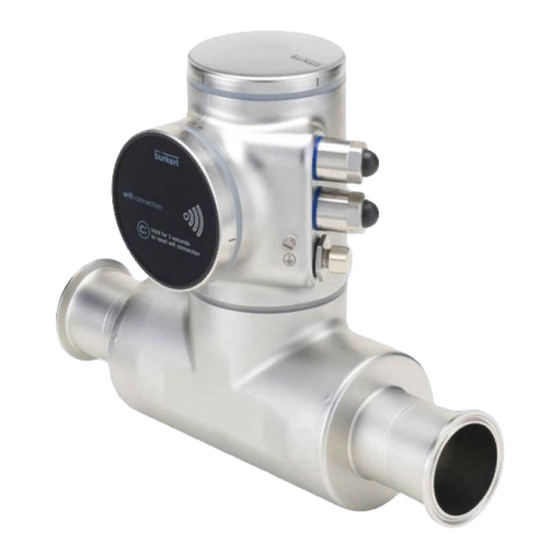
Burkert FLOWave L Manuals
Manuals and User Guides for Burkert FLOWave L. We have 1 Burkert FLOWave L manual available for free PDF download: Operating Instructions Manual
Burkert FLOWave L Operating Instructions Manual (354 pages)
SAW Flowmeter
Brand: Burkert
|
Category: Measuring Instruments
|
Size: 5 MB
Table of Contents
-
-
Description
13 -
-
Liquid Data25
-
Temperature27
-
Density28
-
-
-
-
Menu Display
97-
Menu Diagnostics102
-
Menu Maintenance102
-
-
Default Settings108
-
-
-
Default Settings150
-
Volume Totalizer204
-
-
-
-
Default Settings257
-
-
Menu Outputs
287-
Default Settings288
-
-
Menu Parameter306
-
Menu Maintenance310
-
Menu Diagnostics314
-
Advertisement
